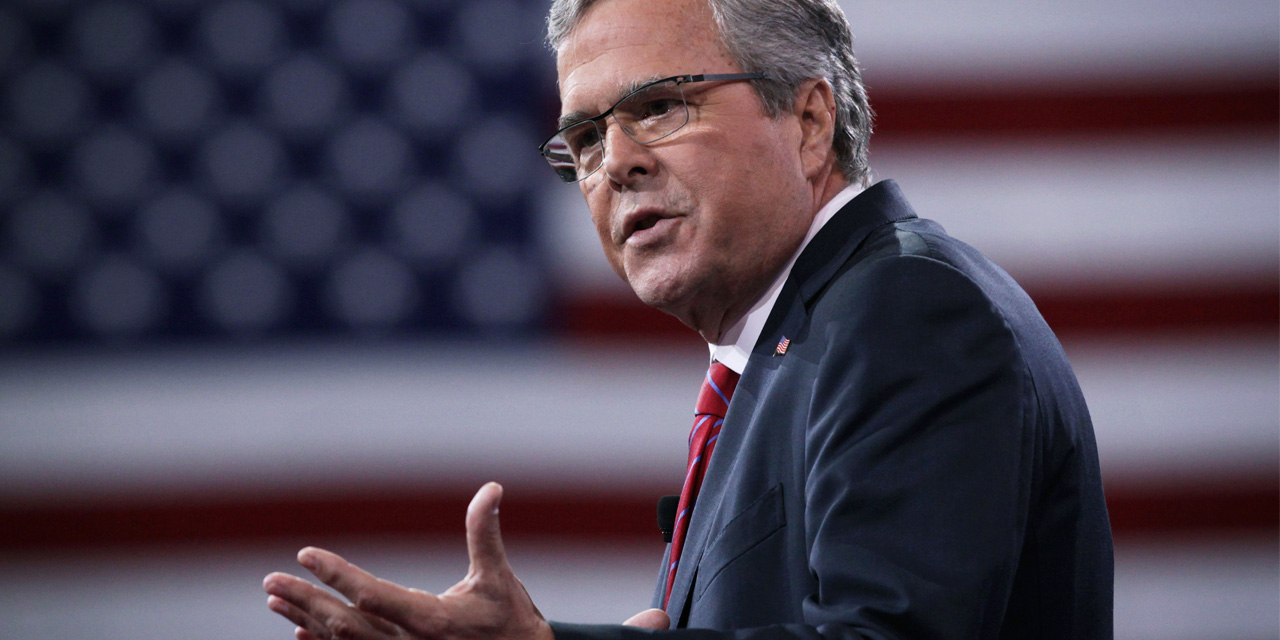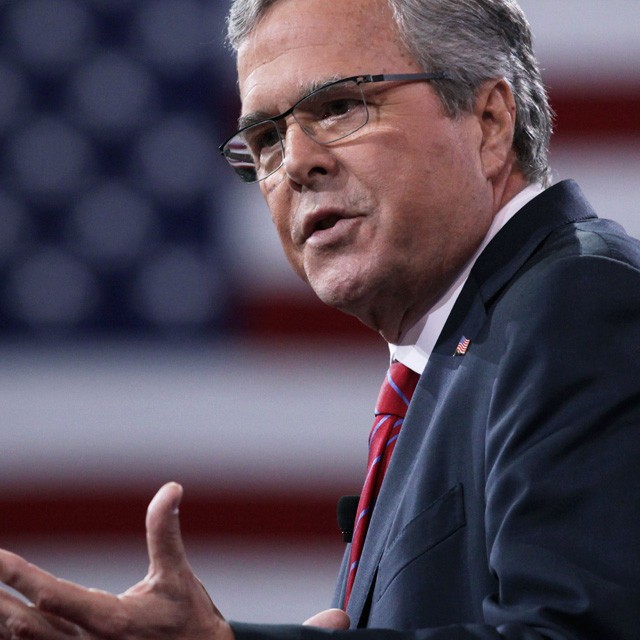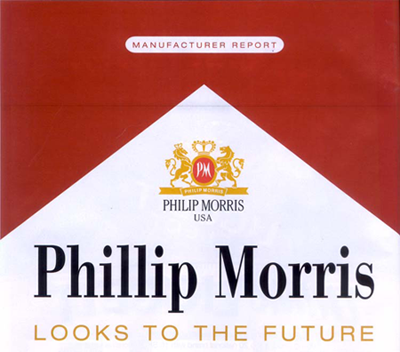

Change FTW
The race for the White House is on. Several Republican candidates have stated that America needs a strong new president. One of those candidates is Jeb. Jeb who? Unfortunately, Jeb isn’t a name. In fact it’s an abbreviation: John Ellis Bush. For some reason, he has decided to use the name Jeb for his campaign. In case you didn’t get it, John Bush is the son of Bush senior and brother of Bush junior. Is there a family crisis? Or doesn’t he want the help of his presidential relations? Well, he needs all the help he can get. The Bush brand is both a blessing and a curse in this day and age. So John chose to step away from the name. He wants to lead his own campaign, not an extension of his family tree.
Changing a name to get rid of negative publicity and protect the brand and the company: Sometimes it’s a necessary evil. Not every company is itching to change its brand name, because the brand is likely to suffer a 10 % to 20 % drop in sales. Many have tried, but few have succeeded.
Below you will find a smattering of brands that had to (or are likely to) change their names due to unfortunate circumstances, scandals or the need to change perception.
Diet AIDS?
Sometimes companies underestimate the consequences of events. In 1983 the Aids epidemic quickly reached dramatic proportions. At the same time, a diet candy company called … Ayds didn’t think that sharing the same name would be much of problem. According to them, these were two different things: namely, a disease and a candy. So they didn’t exactly change the name – they simply kept Ayds and put “Diet” in front of it: Diet Ayds. Unfortunately people couldn’t make the same distinction the manufactures did. After a couple of years the candy disappeared from the market.
Perception is reality
In 1996 Value Jet Flight 592 (a DC-9) crashed in the Everglades, Florida. The NTSB (National Transportation Safety Board) claimed that in the interest of cost efficiency, the airline Value Jet did not follow the mandatory rules requiring the installation of smoke detection and fire suppression systems in cargo hold spaces. A fire in the cargo hold of the DC-9 eventually killed 110 souls. Value Jet was criticized for its avaricious policy and refusal to implement safety features. In an effort to get out from under this perception, they changed their name to Air Tran. Unfortunately Air Tran couldn’t revive the demolished reputation of Value Jet, despite the purchase of new planes and continuous improvement of maintenance. In 2010 Air Tran ceased to exist when it was acquired by Southwest Airlines.
Despite the fact that flying is still the safest way to travel, 2014 and 2015 weren’t good years for the airline industry. Malaysia Airlines dealt with two major accidents in March and July 2014, with a total of 540 fatalities. Though both events where unfortunate and caused by external factors, the brand name was permanently scarred. On top of that, the airline was nearly bankrupt. According to several sources, Malaysia Airlines will probably be rebranded with a new name and business model by the end of 2015.

In the fall of 2015 another airline will be rebranded: Germanwings. Lufthansa’s subsidiary suffered bad publicity after the crash of an A320 in the French Alps on 24 March 2015 that was engineered by their own pilot. Lufthansa dropped the name Germanwings and replaced it with Eurowings. This could make sense, given that the airline was likely to expand their operations outside of Germany anyway. Eurowings will start departures from Cologne Bonn Airport in September.
As claimed above: many have tried, few have succeeded. But does changing a brand name ever lead to success?
Tobacco and public perception: not a marriage that lasts
In 2003 Philip Morris Companies Inc. changed the name of their holding company to Altria Group. With a new, colorful logo they hoped to dissociate themselves from cigarettes and cancer. According to critics, the name change was a good PR stunt for distancing themselves from hazardous products. In the end it helped an existing brand erase some bad feelings. In 2008, however, Atria Group split (again) into Philip Morris International and Altria Group Inc. Both companies operate separately on the New York and Paris stock exchanges.

Pre-emptive move?
Andersen Consulting was a consulting and accounting firm. Eventually the consulting business split from the parent company, so in 2001 they changed their name to Accenture. Accenture would be the consulting firm and Arthur Andersen the accounting business. Later, in 2002, Arthur Andersen was found guilty of obstructing justice. Because Accenture was a separate entity, it was spared the bad publicity around the tarnished Andersen brand.
Isis: more than just a goddess
Last year, a Belgian chocolate brand was struggling to keep its head above water. The name for their delicious chocolates, which existed since 1923, was now raising questions in the contemporary struggle against terrorism. What the hell does chocolate have to do with war? It’s all in the name. The brand was called Isis. Unfortunately this no longer reminds people of the ancient Egyptian goddess. Isis is short for Italo Suisse, because the company no longer had any real association with either country
Despite the superior taste of their product, the brand name is shared by a bunch of thugs who decapitate people on social media platforms. Needless to say, this sort of activity puts your brand in an awkward position. So they dumped Isis and successfully changed their name to Libeert Chocolates.
For these brands, everything turned out fine. But in some cases it isn’t necessary to have a reason for a name change.

1 followed by 100 zeros
Take Backrub. I’ll bet that name doesn’t sound familiar. But we use the brand every day. On our computers, smartphones and tablets. Admittedly we don’t use it under that name. Backrub is better known as Google. Larry Page and Serge Brin first thought of calling their Internet company Backrub, but changed their minds a year later. They liked the play on the word Googol, the number 1 followed by 100 zeros.
Or how about Stag Party. You’ve never heard of it? Well, let me explain why. The founder of the magazine changed its name at the very last minute to Playboy. Indeed. It was Hugh Hefner who chose this seductive name for his sex empire.
Another one? In 1893, a North Carolina pharmacist experimented with soft drink recipes. As soon as he found the right formula, he named it Brad’s Drink. Fortunately, five years later he changed this peculiar name to one of the most recognized brand names in the world: Pepsi Cola.
Rub it!
These three examples show that it isn’t always necessary to have a reason for changing a brand name. In fact, had they retained their original names, they might not have enjoyed the same success. Imagine saying, “Rub it!” instead of “Google it!,” which puts a slightly different spin on things. Who knows, maybe it would have paid off in the end. Either way, we can’t say for sure.

The first three cases were more likely to change their names for obvious reasons. But as you may have noticed, sometimes it pays off and sometimes it can’t shake the taint of the original brand. Make sure you maintain control of the branding process. More importantly, think of your customers. Renaming and rebranding is primarily to their advantage. Are we in a position to warn you? Absolutely. At Brandhome we experience every day just how important and vulnerable brands, names and identities really are. We’re committed to building brands that last and deliver our customers profitable growth.


